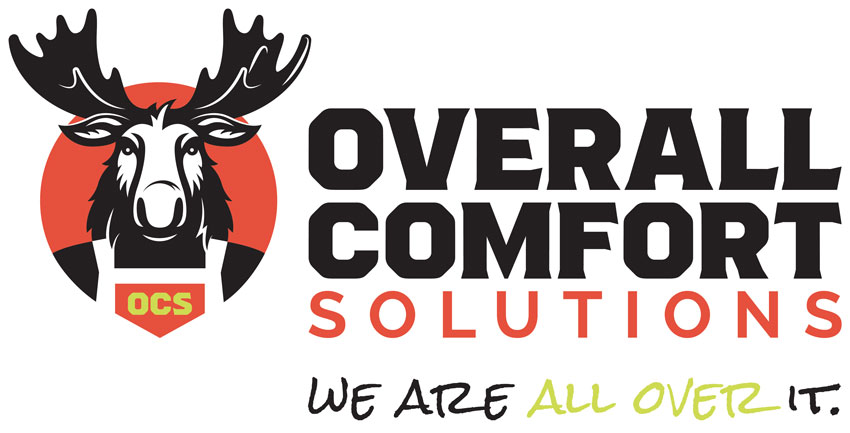Furnace Solutions for Southern Illinois Homes
Furnace Installation and Service
Choosing the right furnace for your Southern Illinois home requires understanding how different furnace types perform in our region’s unique climate conditions. From the historic homes of downtown Carbondale to modern subdivisions in Marion and Herrin, each property presents specific heating challenges that different furnace technologies address in distinct ways. This comprehensive guide helps Williamson County homeowners understand furnace options, efficiency ratings, and compatibility factors that ensure optimal comfort during our variable winter weather.


Natural Gas Furnaces: The Regional Standard
Natural gas furnaces dominate Southern Illinois heating because abundant regional gas supplies keep operating costs reasonable compared to electric alternatives. These systems burn natural gas in a heat exchanger, warming air that circulates throughout your home via ductwork and blower systems.
Single-stage gas furnaces operate at full capacity whenever heat is needed, making them cost-effective for smaller homes or properties with basic comfort requirements. These units work well in ranch-style homes built in the 1970s and 1980s throughout Marion and Carterville, where simple on-off operation provides adequate temperature control without sophisticated zoning needs.
Two-stage furnaces offer improved efficiency and comfort by operating at reduced capacity during mild weather, then switching to full output when temperatures drop significantly. This technology particularly benefits larger homes in Herrin’s newer subdivisions, where varying room sizes and sun exposure create different heating demands throughout the house.
Modulating gas furnaces provide the ultimate in efficiency and comfort by adjusting output continuously from 40% to 100% capacity based on precise heating needs. These premium systems excel in custom homes, open-concept designs, and properties where maintaining exact temperatures matters for comfort or specialty applications like wine cellars or home theaters.
High-efficiency condensing furnaces capture additional heat from exhaust gases, achieving 90-98% efficiency ratings compared to 80-85% for standard units. The technology requires special venting materials but delivers substantial energy savings that offset higher equipment costs within 5-8 years for most Southern Illinois applications.
Electric Furnaces: Reliable Heat Without Gas Lines
Electric furnaces serve homes throughout rural Williamson and Jackson counties where natural gas infrastructure remains unavailable. These systems use heating elements similar to your oven, warming air through electric resistance before distributing it via traditional ductwork systems.
Operating costs typically exceed gas heating by 30-50%, making electric furnaces most practical for smaller homes, seasonal properties, or situations where gas installation costs prove prohibitive. Many mobile homes and manufactured housing developments rely on electric furnaces because gas line extensions often cost more than the heating savings justify.
Multi-stage electric furnaces provide better comfort control than single-stage units by activating heating elements in sequence rather than all at once. This staged operation reduces temperature swings and improves efficiency in larger homes or properties with varying heating loads throughout different seasons.
Heat pump compatibility makes electric furnaces valuable as backup heating for dual-fuel systems. When outdoor temperatures drop below heat pump efficiency ranges, typically around 25-30°F in Southern Illinois, the electric furnace automatically provides supplemental heating to maintain comfort during extreme cold snaps.
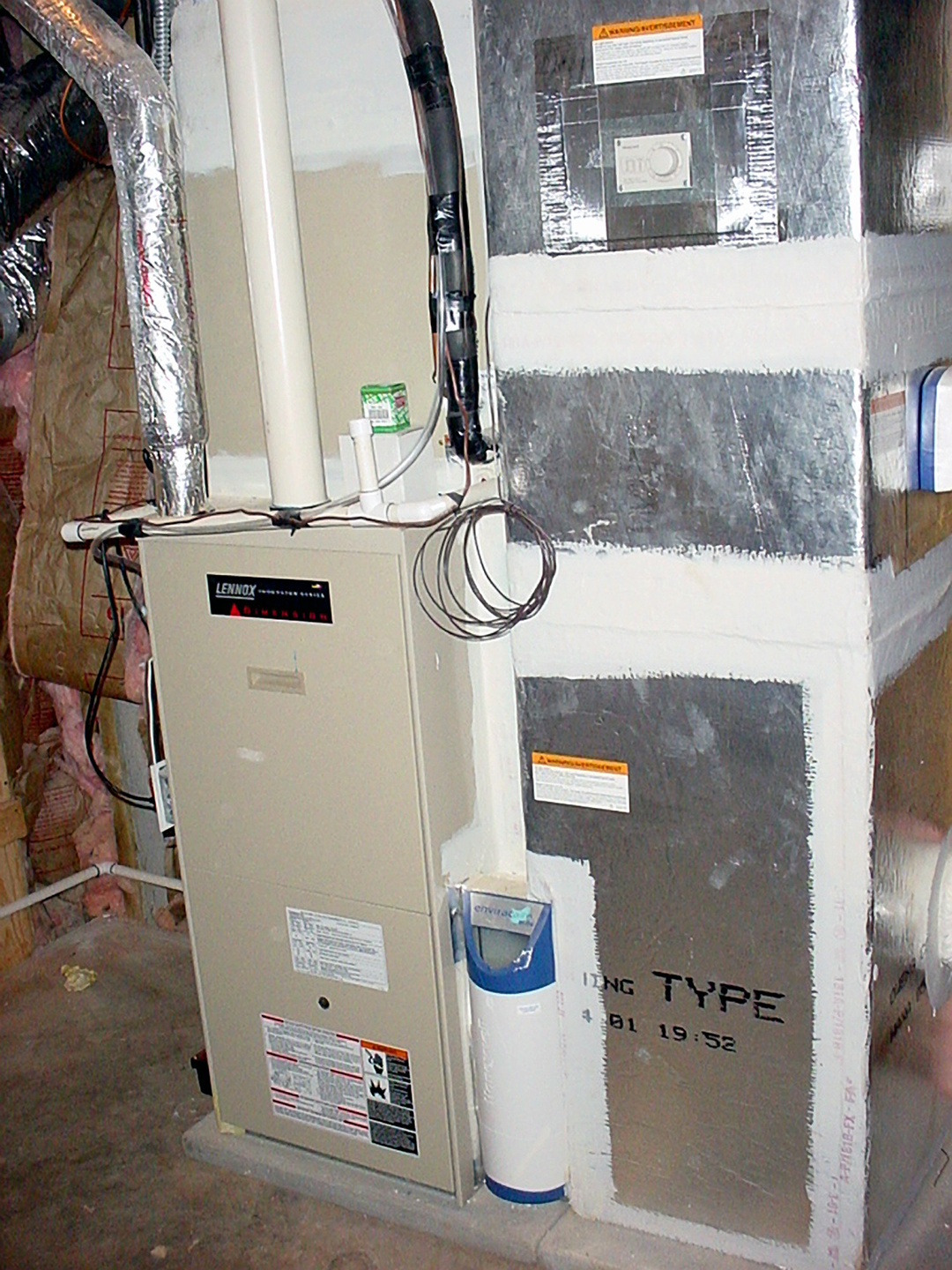
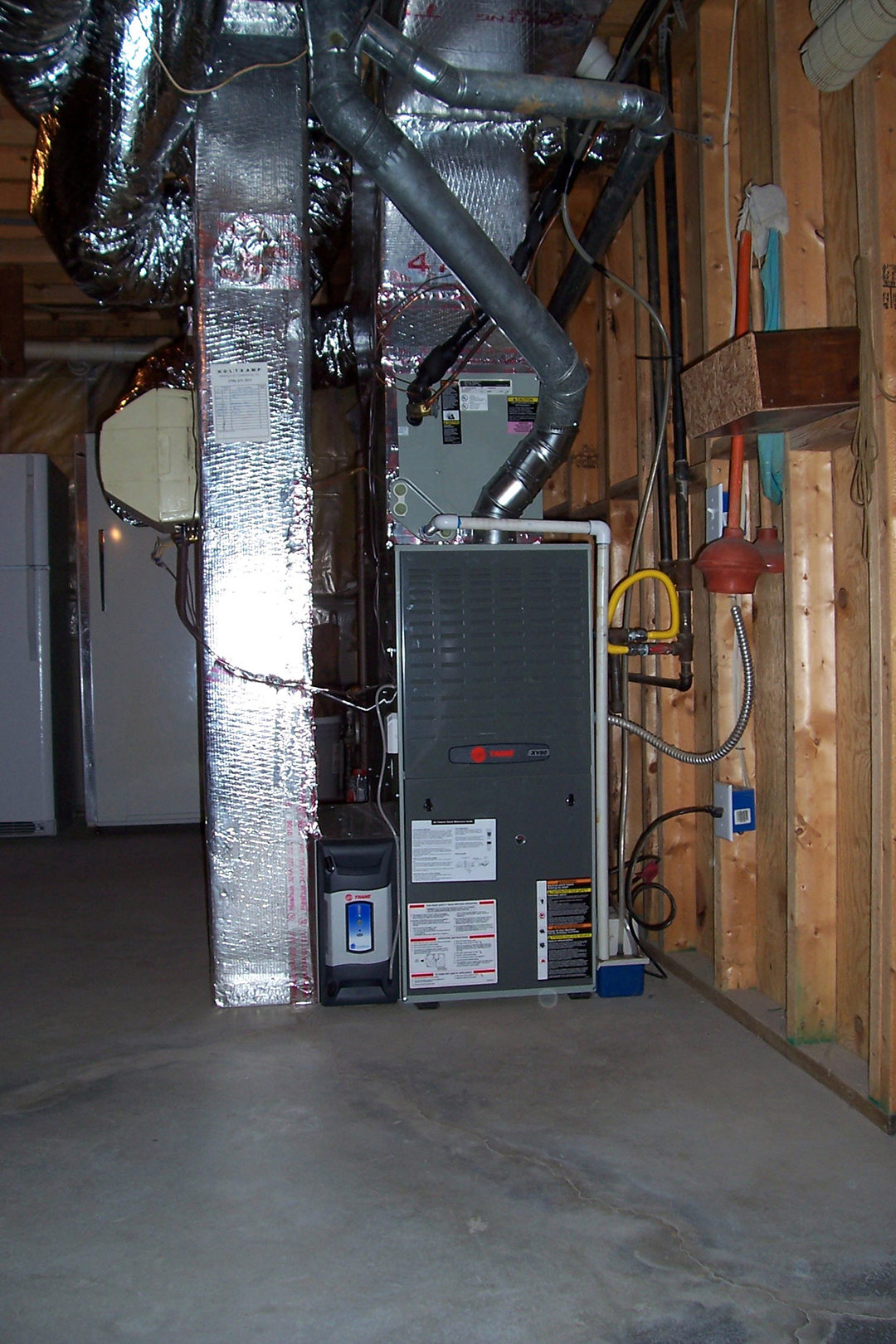
Oil Furnaces: Specialized Solutions for Specific Properties
Oil furnaces serve a small but important segment of Southern Illinois homes, particularly older properties in rural areas where neither natural gas nor reliable electricity was available during original construction. These systems burn heating oil in specialized burners, providing reliable heat output regardless of utility interruptions.
Fuel storage requirements include 275-500 gallon tanks that need periodic refilling and maintenance. Modern oil furnaces achieve excellent efficiency ratings and provide dependable heating, though fuel costs typically exceed natural gas expenses. Properties with existing oil infrastructure often find system upgrades more economical than fuel conversions.
High-efficiency oil furnaces incorporate condensing technology similar to gas units, capturing additional heat from combustion gases to achieve 85-95% efficiency ratings. These advanced systems work particularly well for historic homes in downtown areas where maintaining period authenticity matters while improving energy performance.
Conversion possibilities exist for most oil furnace installations, though costs vary significantly based on gas line availability and electrical service adequacy. Homeowners considering fuel switching should evaluate long-term operating costs, conversion expenses, and comfort preferences before making decisions.
Matching Furnace Types to Southern Illinois Home Styles
Ranch homes built between 1950-1980 throughout Marion and surrounding communities typically feature standard ductwork layouts that accommodate any furnace type effectively. Single-stage gas or electric furnaces often provide adequate comfort for these single-level designs, though two-stage units improve efficiency and reduce temperature variations between rooms.
Two-story homes require more sophisticated heating solutions to overcome natural heat stratification where warm air rises, leaving first floors cooler. Two-stage or modulating furnaces provide better temperature balance, while properly sized ductwork and zoning systems ensure comfortable heating throughout multiple levels.
Historic homes in downtown Carbondale and Herrin present unique challenges including limited basement space, older electrical systems, and architectural preservation requirements. High-efficiency gas furnaces often provide the best combination of compact size, reliable operation, and minimal visual impact on historic character.
Open-concept designs popular in newer construction demand furnaces capable of heating large, connected spaces without creating hot or cold zones. Modulating gas furnaces excel in these applications, adjusting output precisely to maintain consistent temperatures across varying ceiling heights and room exposures.
Split-level homes common in 1960s-70s subdivisions throughout Williamson County benefit from zoned heating systems that address the natural temperature differences between levels. Advanced furnace controls allow different heating schedules and temperatures for upper and lower zones, improving comfort while reducing energy waste.
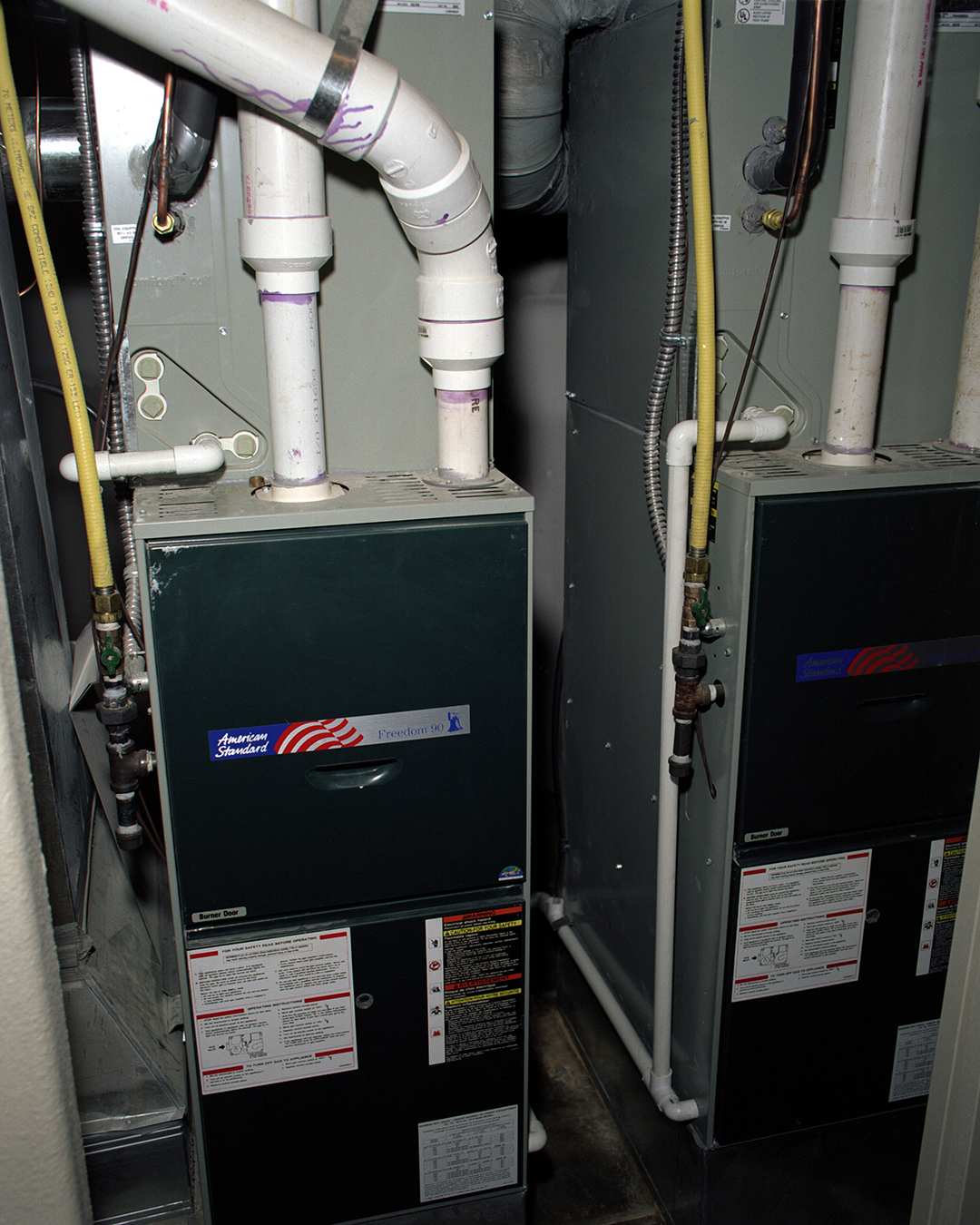
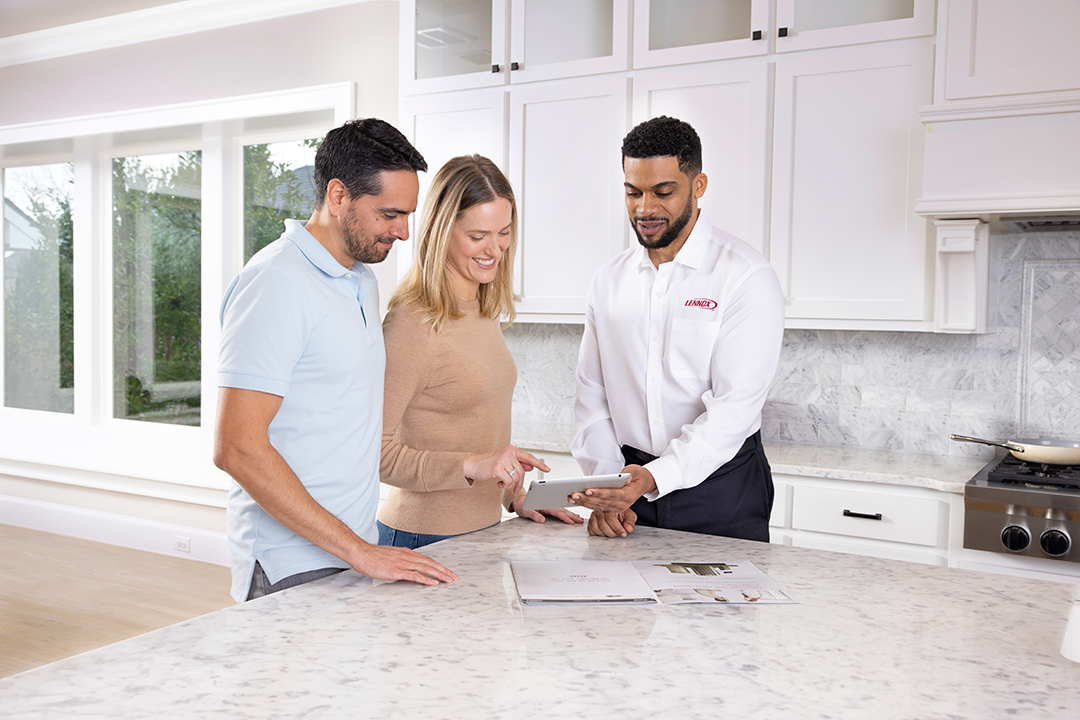
Efficiency Considerations for Regional Climate
Southern Illinois’s moderate climate allows homeowners to prioritize different efficiency features than extreme northern or southern regions require. Annual Fuel Utilization Efficiency (AFUE) ratings between 90-95% typically provide optimal value, balancing equipment costs with energy savings over 15-20 year furnace lifespans.
Heating degree days in Marion average around 4,200 annually, indicating moderate heating requirements compared to northern Illinois’s 6,000+ degree days. This climate allows standard efficiency furnaces to perform adequately, though high-efficiency units provide meaningful savings for larger homes or properties with poor insulation.
Variable-speed blowers improve comfort and efficiency regardless of furnace type by maintaining consistent airflow and reducing energy consumption during lower heating demands. These motors particularly benefit homes with complex ductwork layouts or multiple levels where airflow balancing improves overall system performance.
Smart thermostat compatibility enhances any furnace type’s efficiency through programmable schedules, remote access, and adaptive learning that optimizes heating patterns based on occupancy and weather conditions. These controls provide 10-15% additional energy savings while improving comfort consistency throughout varying seasonal conditions.
Choosing Your Ideal Furnace Solution
Determining the right furnace begins with professional heat loss calculations that consider your home’s size, insulation levels, window efficiency, and ductwork capacity. Proper sizing prevents the short-cycling problems that reduce efficiency and comfort while ensuring adequate heating capacity during Southern Illinois’s coldest weather.
Budget considerations include both equipment costs and long-term operating expenses that vary significantly between furnace types and efficiency levels. High-efficiency units typically cost $1,000-3,000 more than standard models but provide energy savings that offset the difference over 7-10 years in most applications.

Comfort preferences influence furnace selection as much as efficiency ratings. Homeowners who notice temperature variations or prefer consistent heating should prioritize two-stage or modulating units, while those satisfied with basic temperature control can choose single-stage systems that cost less initially.
Professional consultation ensures you select furnace features that match your specific situation rather than paying for capabilities you won’t use. Overall Comfort Solutions evaluates your home’s heating requirements, existing infrastructure, and comfort goals to recommend furnace solutions that provide optimal performance and value for Southern Illinois conditions.
Contact us today to schedule your furnace consultation and discover which heating technology best serves your home’s unique requirements, comfort preferences, and efficiency goals throughout our region’s varying seasonal demands.
